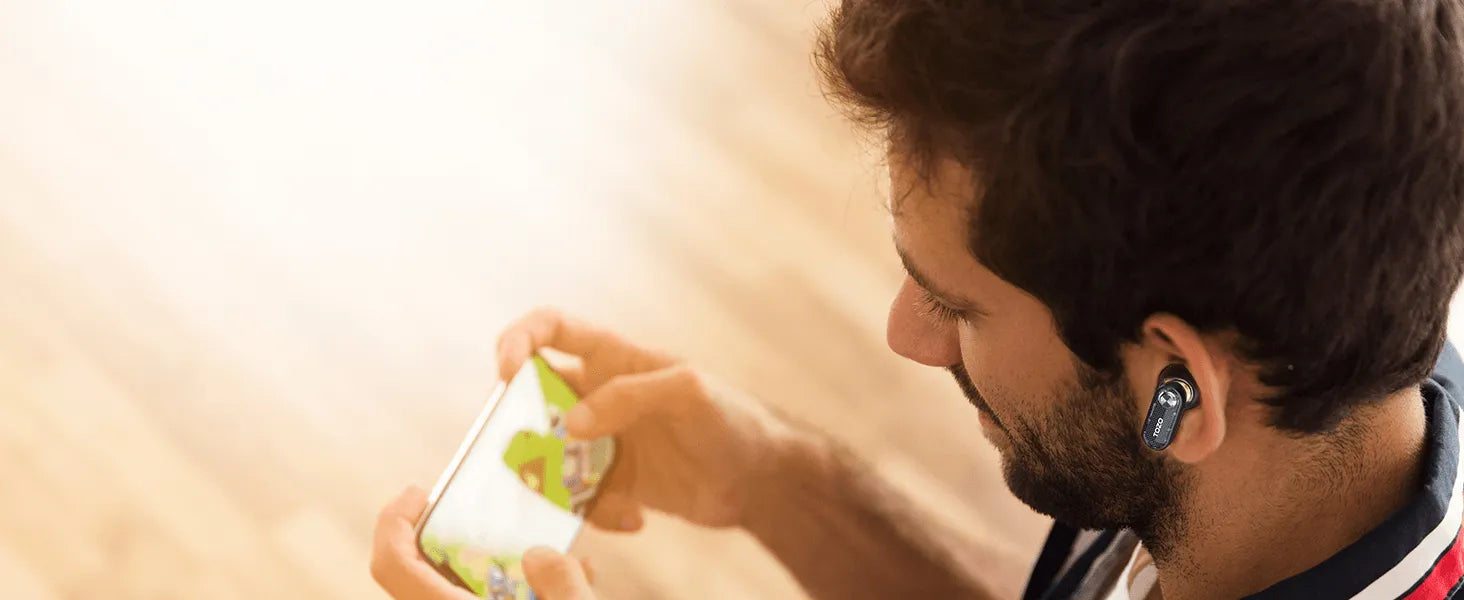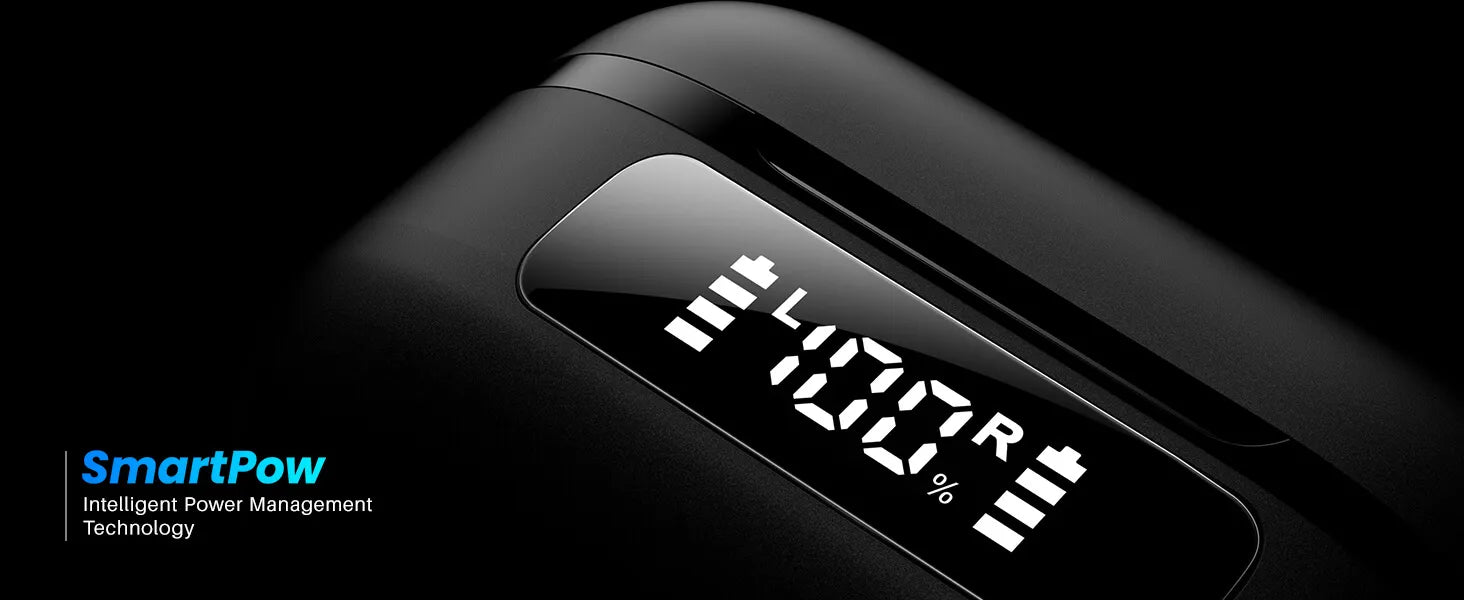Traffic sounds, loud conversations, crying children, and other noises are distracting and annoying. They interrupt your train of thought, making it harder to focus on music, lectures, or other media. To block out these disturbances in public or noisy environments, you need a reliable audio solution.
Modern earbuds and headphones offer designs that are both comfortable and effective at noise cancellation. This guide will help you choose between noise-cancelling earbuds and noise-cancelling headphones.
Types of Noise Cancellation
Today's earbuds and headphones typically feature two main types of noise-cancellation technology: active noise cancellation (ANC) and passive noise isolation.
Active Noise Cancellation
Active noise cancellation uses built-in microphones to detect ambient sounds and emit antiphase sound waves to cancel them out. Ideal for noisy environments like airplanes, offices, or busy streets, some ANC devices also allow users to toggle the feature on and off as needed.

Passive Noise Isolation
Passive noise isolation relies on the physical design, such as silicone or foam seals—to block out sound. The snug fit helps create a physical barrier against outside noise, offering comfort and effective noise reduction.
Factors Affecting Noise Cancellation Effectiveness
- Fit and Seal: A secure fit enhances noise blocking, especially with foam or silicone padding.
- ANC Algorithm Quality: High-quality ANC algorithms with feedforward, feedback, or hybrid technology provide better noise cancellation.
- Microphone Placement: Correct placement helps detect ambient noise effectively and reduces interference.
- Environmental Factors: Your surroundings impact performance—consider your usual environment when choosing a device.
Noise-Cancelling Earbuds vs. Noise-Cancelling Headphones
Pros & Cons of Noise-Cancelling Earbuds
- Effectively reduce ambient noise
- Enhance music, podcast, and call quality
- Improve concentration and listening comfort
- Allow lower volume levels to protect hearing
However, some drawbacks include:
- Higher cost than regular earbuds
- Battery dependency and frequent charging
- Reduced bass quality
- Pressure discomfort for some users
- Less durability compared to headphones
The Pros & Cons of Noise-Cancelling Headphones
- Often more affordable than earbuds
- Great for travel and long commutes
- Protect hearing by reducing volume needs
- Provide clear audio and improved focus
Drawbacks include:
- Still may stretch your budget
- Can affect certain sound types
- Bulkier and less portable
- Cause ear discomfort after long use
- More prone to wear and damage
- Less effective against high-frequency noises
Suitable Applications of Noise-Canceling Earbuds vs. Headphones
Earbuds are ideal for:
- Traveling or commuting by plane, train, or bus
- Working or studying in cafés or open offices
- Outdoor exercise
- Virtual meetings and calls
- Meditation and relaxation

Headphones are great for:
- Air or train travel
- Studio and creative work
- Office environments
- Studying
- Sleeping and meditation
- Home theater viewing
- Immersive gaming experiences

How to Choose the Right Option for Your Needs
When deciding, consider:
- Lifestyle: Busy users may prefer headphones for their longer battery life.
- Usage Frequency: Earbuds are more compact and travel-friendly.
- Priorities: Musicians or workers may have specific audio needs.
- Budget: Consider how much you're willing to spend. Brands like TOZO offer affordable, high-quality options.
Final Words
When weighing noise-canceling earbuds vs. noise-canceling headphones, think about your routine and audio needs. Find a solution that fits your lifestyle and budget at tozostore.com.

























